June is Pride Month in the U.S., and at Duolingo we're celebrating the LGBTQIA+ community on social media and here on our blog. Here's a behind-the-scenes look at how we included representation in the development of our new cast of characters!
Representation and diversity matter
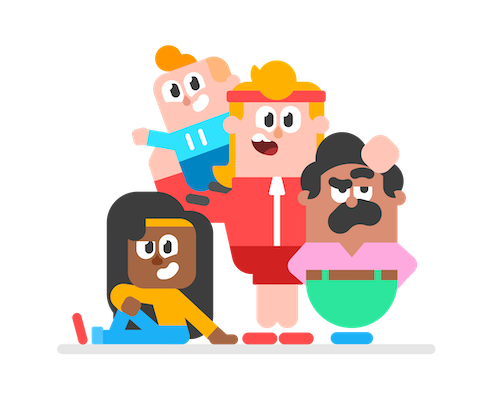
When we were developing our new cast of characters, we spent many months debating their names, strengths, faults, and life goals or lack thereof (ahem, Lin). But one thing we never questioned was the need for queer representation. There are two reasons for this.
First, Duolingo believes deeply in diversity and representation. This made it a no-brainer to include all types of characters of different ages, ethnic backgrounds, and sexual orientations.
The second reason is our learners. Something really unique about Duolingo is the extremely vast and diverse audience for our content: language learners of all ages, from all around the world. Yes, that’s a lot of people. And with such a broad base of learners, we have a responsibility to reflect and relate to the experiences of all kinds of people, LGBTQIA+ folks included.
Of course, characters are also much more compelling when they’re relatable, not only because of their dreams and their flaws but also who they love. So when we create Stories, which are written first in English and then adapted to other languages, we aim to make our content entertaining and relatable for learners worldwide. This is a fun and oftentimes difficult challenge. We’re proud to have our characters, especially our LGBTQ characters, help us do that.
Meet our queer characters
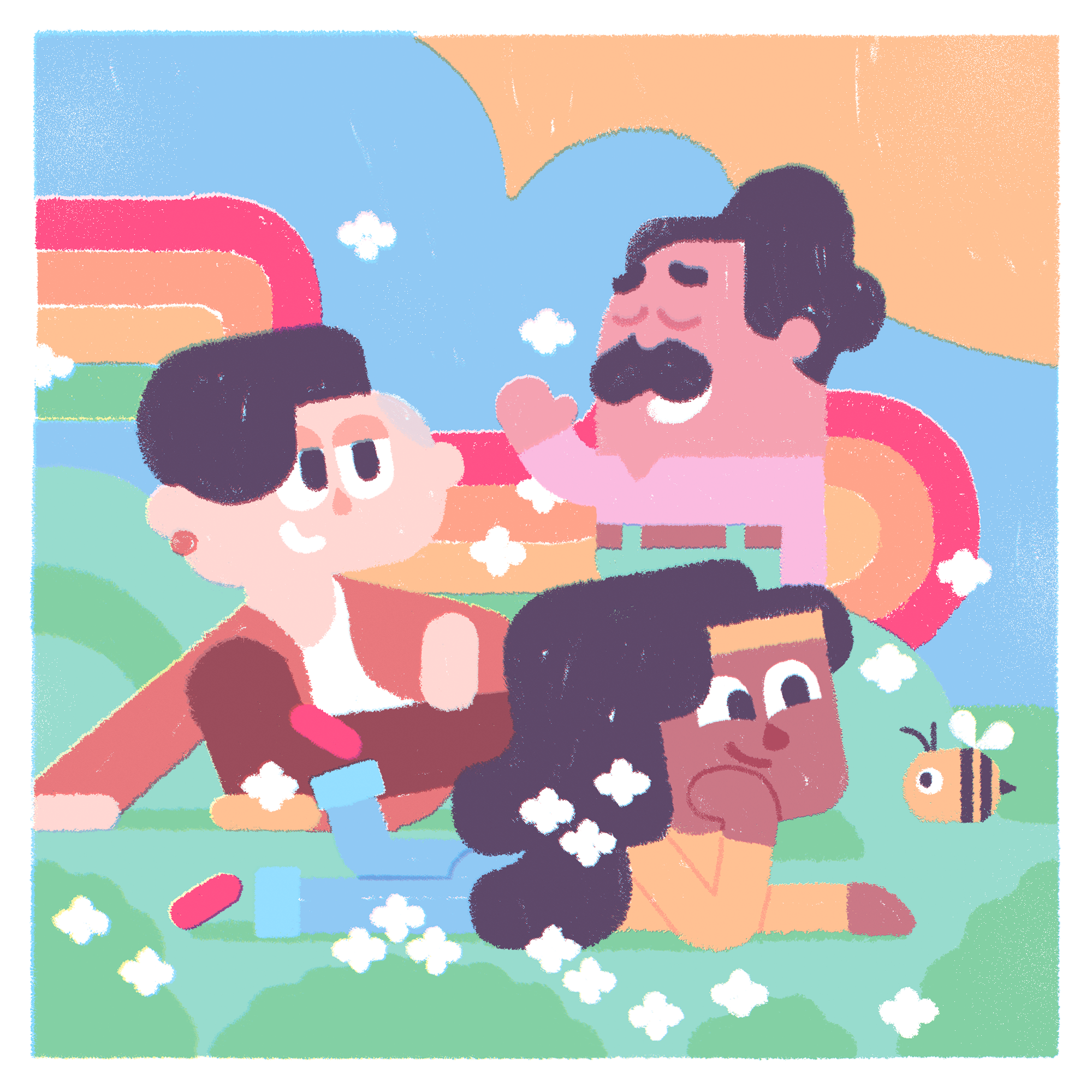
We have three established queer characters: Lin, Bea, and Oscar. Lin dates women, Bea dates both men and women, and Oscar’s into men (although he’s as discerning with men as he is with his cheeses and pretty much everything else).
 |
Never having been on time, Lin’s never held down a full time job. That’s fine with her because she’s been crashing at her grandmother’s apartment for a few years now, and she’d be happy to stay forever. It allows her the freedom to watch true crime series until 3AM and cruise on her motorcycle when she wakes up at 3PM. She dates sometimes, but only when it happens to fit into her busy schedule. |
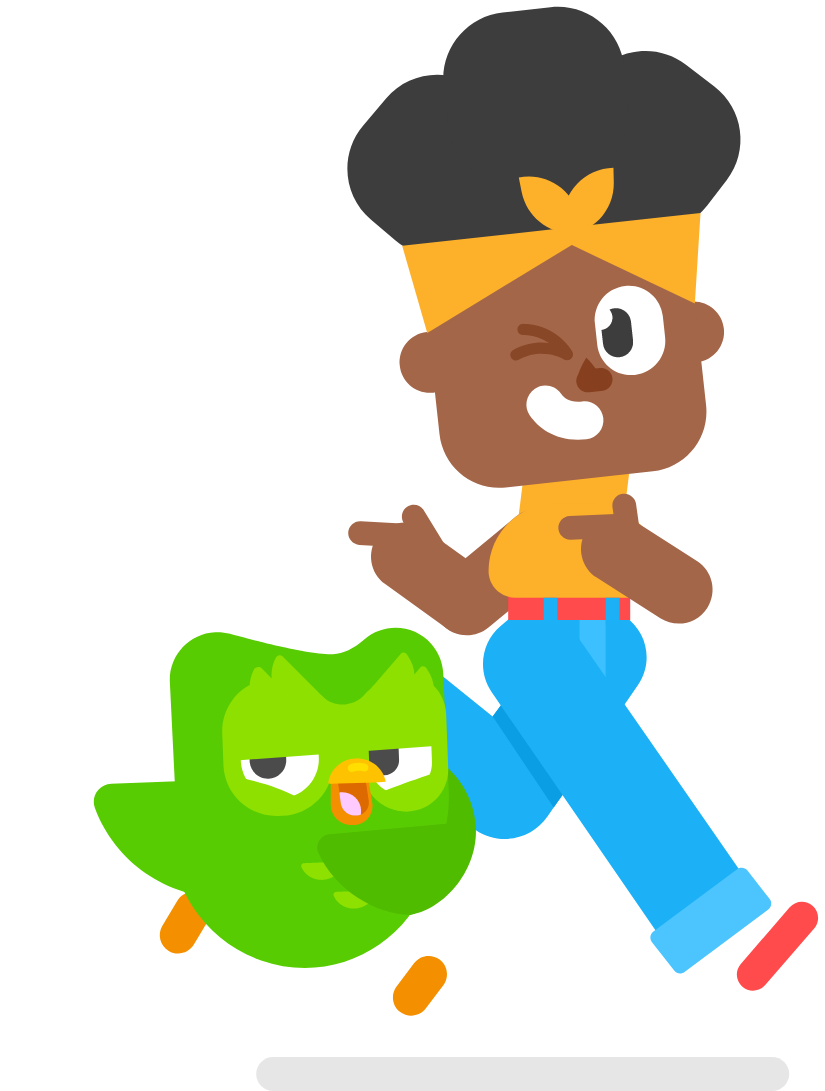 |
On the other hand, Lin’s best friend, Bea, pencils down everything in her planner -- dates (check out the story, “Bea’s Date”!), detailed vacation plans (down to the hour), and even alone time. Adventurous and capable, she’s always trying new things, which serves her well as a travel blogger and aspiring writer. The epitome of lawful good, she’s driven by what’s right and loves to “help,” even if you might not think you need it. Is she a control freak? No -- Bea’s just always right. |
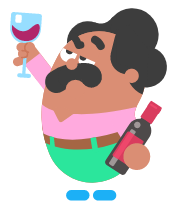 |
Oscar is a high school art teacher. He may not have imagined teaching as his calling, but he takes his charge of shaping young artists seriously. He spends his free time painting in his studio and dreaming of the day he and his work will be rightfully recognized. Until then, he languishes as the only person in town who knows the difference between an americano and a long black. |
Normalizing queerness in Duolingo Stories
Since the beginning, our Stories have included everyday depictions of LGBTQ life, even before we created Lin, Bea, and Oscar. From “The Honeymoon” to “The Song,” it’s been important for us to show queer people living their lives in an unsensationalized and normal way.
Allowing an LGBTQ character to exist without specifically drawing attention to that identity -- this is something we believe should be a best practice in storytelling. In order to normalize something, you simply present it as normal, which means you don’t draw attention to it when depicting it.
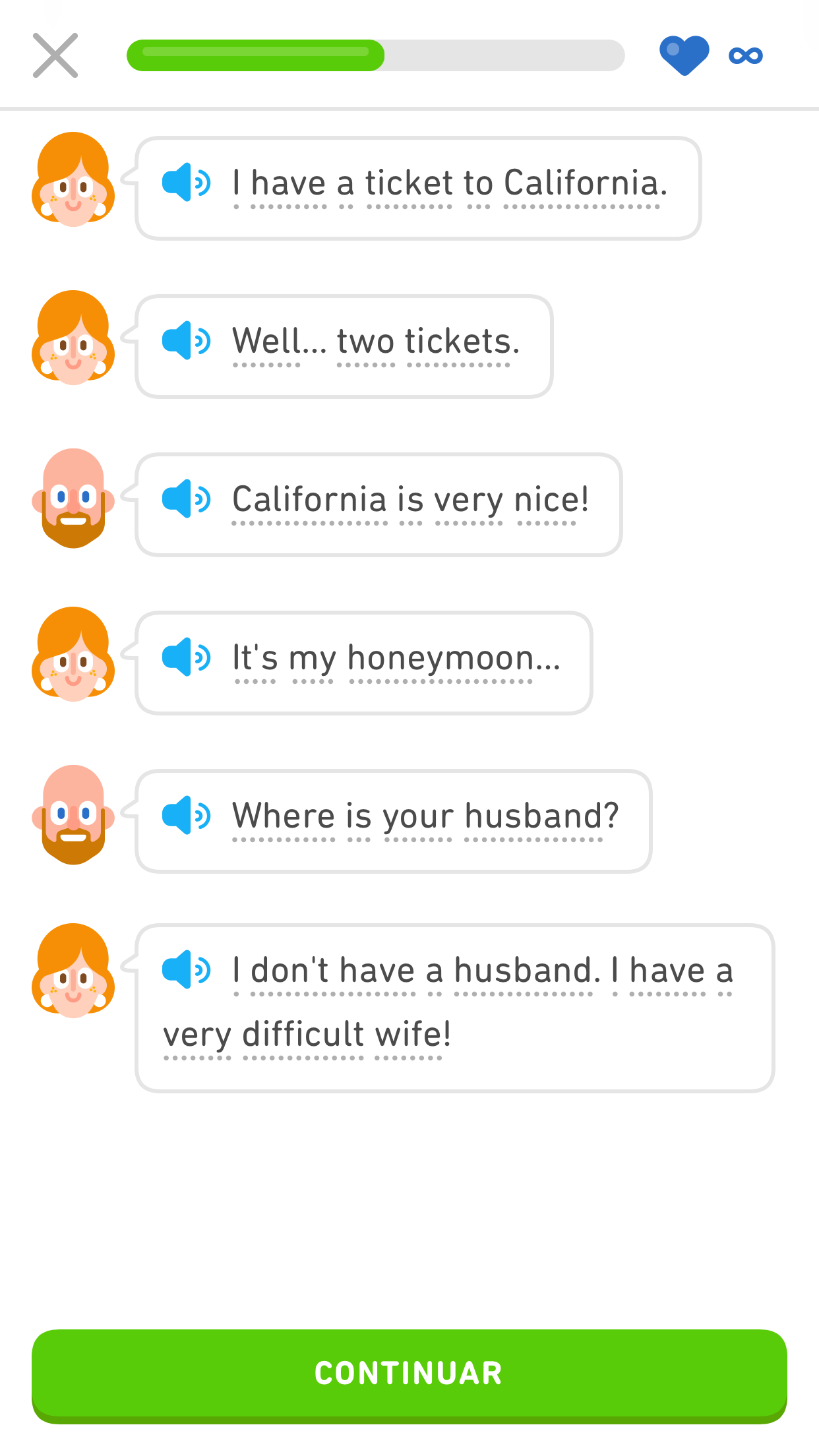 |
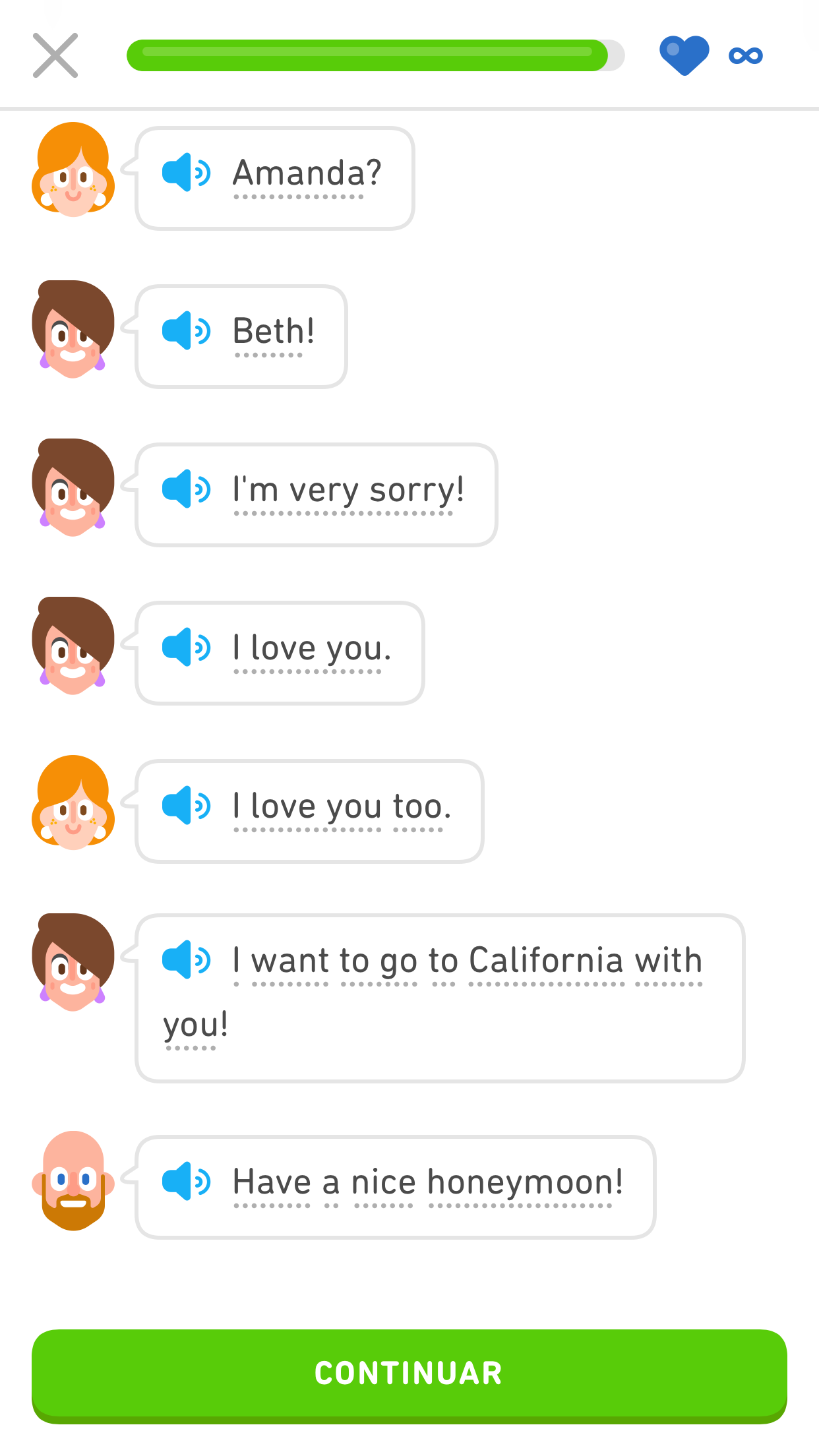 |
That’s why there’s very little focus on these characters’ queerness. They simply happen to not be heterosexual; it doesn’t define them, and there’s not much discussion around their sexual orientation. It’s just a single part of their identity and their story.
It's important to us that our content be as diverse as our employees and our learners. To see our queer characters in action, read more about them in Duolingo Stories. And look out for inclusive representation across all our lessons and features!

